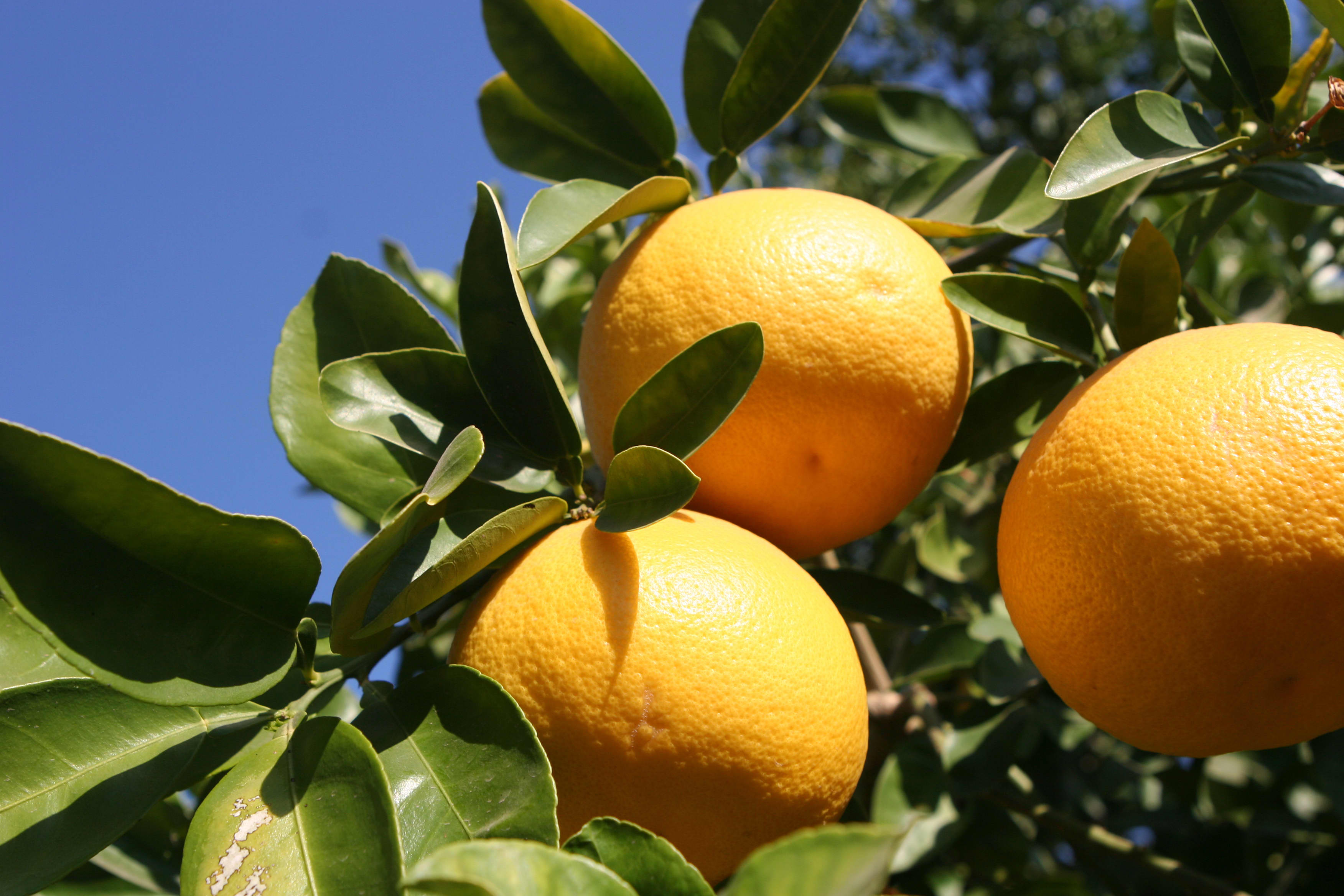
Like other succulent plants, most cacti employ a special mechanism called " crassulacean acid metabolism" (CAM) as part of photosynthesis. This allows them to expand and contract easily for quick water absorption after rain, followed by retention over long drought periods. Cactus stems are often ribbed or fluted with a number of ribs which corresponds to a number in the Fibonacci numbers (2, 3, 5, 8, 13, 21, 34 etc).

Many cacti have short growing seasons and long dormancies and are able to react quickly to any rainfall, helped by an extensive but relatively shallow root system that quickly absorbs any water reaching the ground surface. As well as spines, areoles give rise to flowers, which are usually tubular and multipetaled. Areoles are an identifying feature of cacti. In the absence of true leaves, cacti's enlarged stems carry out photosynthesis.Ĭactus spines are produced from specialized structures called areoles, a kind of highly reduced branch. As well as defending against herbivores, spines help prevent water loss by reducing air flow close to the cactus and providing some shade. Most species of cacti have lost true leaves, retaining only spines, which are highly modified leaves. Unlike many other succulents, the stem is the only part of most cacti where this vital process takes place. For example, almost all cacti are succulents, meaning they have thickened, fleshy parts adapted to store water. Because of this, cacti show many adaptations to conserve water. Cacti are adapted to live in very dry environments, including the Atacama Desert, one of the driest places on Earth. They are native to the Americas, ranging from Patagonia in the south to parts of western Canada in the north, with the exception of Rhipsalis baccifera, which is also found in Africa and Sri Lanka. Cacti occur in a wide range of shapes and sizes. The word cactus derives, through Latin, from the Ancient Greek word κάκτος ( káktos), a name originally used by Theophrastus for a spiny plant whose identity is now not certain. So break out your shorts and enjoy some baseball.Many species of cactus have long, sharp spines, like this Opuntia.Ī cactus ( PL cacti, cactuses, or less commonly, cactus) is a member of the plant family Cactaceae ( / k æ ˈ k t eɪ s i aɪ, - s iː iː/), a family comprising about 127 genera with some 1750 known species of the order Caryophyllales. Phoenix averages in the mid to high 70s fahrenheit during the month of March. No matter which spring training region you choose to visit, you’ll find warm weather. Even the inland teams are surrounded by lakes, with the Tigers playing in a city named Lakeland. All but three of the Grapefruit League teams are along the coasts. One thing true in Florida that can’t be said of Arizona: you’ll always be a short drive to the water. In fact, that might be the easiest way to catch a Washington Nationals day game followed by a Red Sox or Twins night game. Google even suggests a 50 minute flight as a viable travel option.

At the longest, it takes three hours to drive between Space Coast Stadium near the beach east of Orlando to JetBlue Park in Fort Myers (to the southwest). Travel can play a big role in how many teams you can see in Florida.
#GRAPEFRUIT CACTUS FULL#
You’ll need to use the Grapefruit League’s full schedule and manually filter the teams on your own.

If you want to visit, the Cactus League has a nice trip planner that allows you to select the teams you want to see.

The furthest distance you’ll drive for Arizona Spring Training is about an hour between HoHoKam Stadium in Mesa (to the southeast) and Surprise Stadium in Surprise (to the northwest). All Cactus League stadiums are located in the greater Phoenix metro area. Now they’re close enough that visitors can usually see two games at two different stadiums on the same day.Ī glance at the map shows that the Cactus League of Arizona is much closer together, with 15 teams sharing 10 facilities. Originally, the teams chose their own spots and likely didn’t play exhibition games due to the distance between facilities. Practicing in warm locales is a baseball tradition that goes back to its early days, 125 years ago. View Spring Training Stadiums in a full screen map Perhaps that’s what makes them so appealing to baseball fans as vacation spots. The ambiance is much more minor league than the flashiness of giant stadiums. The facilities are very different from the giant ballparks they play in during the regular season. For Spring Training, teams in Florida are part of the Grapefruit League and Arizona teams comprise the Cactus League. In warm, dry weather, the teams will practice and prepare for a marathon 162 game season to start April 5. Map of Baseball’s Cactus and Grapefruit League StadiumsĪll 30 major league baseball teams have now descended on one of two US states.


 0 kommentar(er)
0 kommentar(er)
